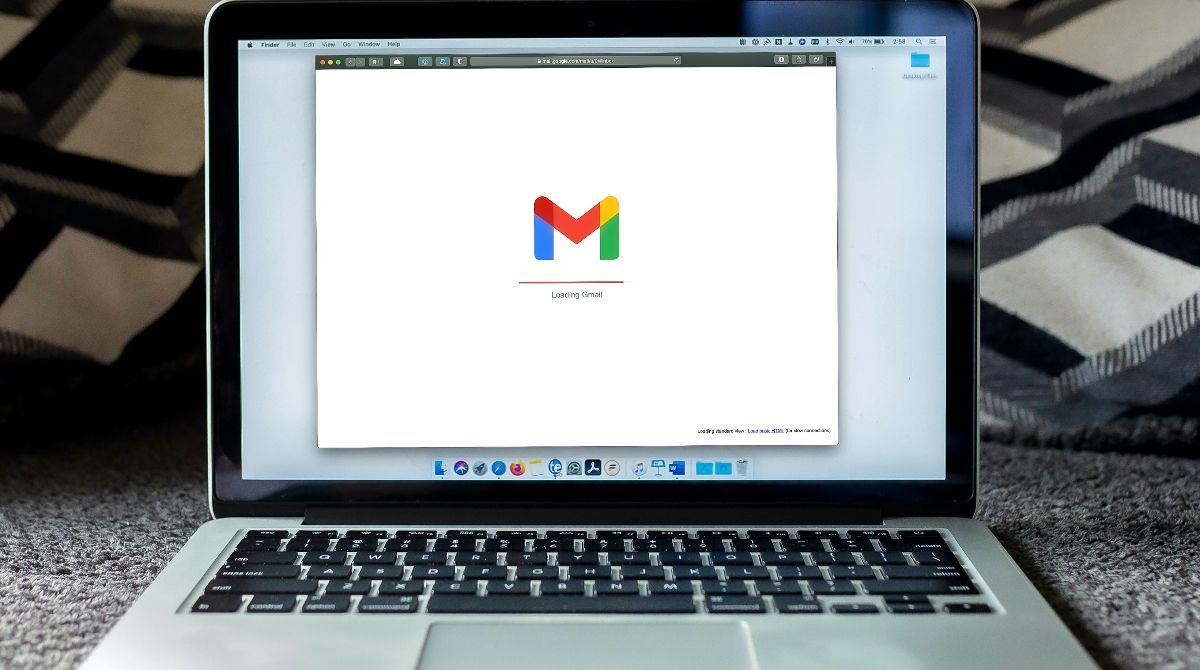How to know if your Gmail, Drive, Docs, Calendar, Meet or Google Photos account is at risk of being deleted

Digital security is an issue that touches our lives daily, and recently, Google has announced a measure that will directly affect millions of users: starting in December 2023, Inactive Gmail, Drive, Docs, Calendar, Meet, and Google Photos accounts are at risk of being deleted.
Google’s decision is part of an effort to prevent inactive accounts from being easy targets for cybercriminals. Is your Google account on the risk list of being deleted forever?
The key here is inactivity. Google will consider for deletion those accounts that have not shown activity for more than two years. Think about an email account you haven’t checked in years, or that Drive file you created for a project and then forgot about. These are the accounts that Google seeks to purge.
The company has promised to send multiple notifications to the owners of these accounts before taking any action. If you have received an email from Google warning about the inactivity of your account, it is a clear indication that you should act.
How to keep a Google account active so it doesn’t get deleted
Keeping your account active is easier than you think. By simply signing in to Google once every two years, you can keep your account safe. This can include actions as simple as accessing your email in Gmail, watching a video on YouTube from your account, or signing in to Google Chrome or Google Drive.
If you use Google Photos to store precious memories, be sure to sign in specifically to this service. Google’s move highlights the importance of actively managing our online accounts.
In an era where the sale of personal data on the Dark Web is an alarming reality, as seen in recent studies, keeping our accounts secure and active is essential. We not only protect our personal information, but we also prevent these accounts from being used for malicious purposes.
The new policy of Google highlights a reality of our time: the need to be aware and proactive in digital security. Prevention is key, and in this case, keeping our accounts active and secure is the first step to protecting our digital identity in an increasingly connected world.



